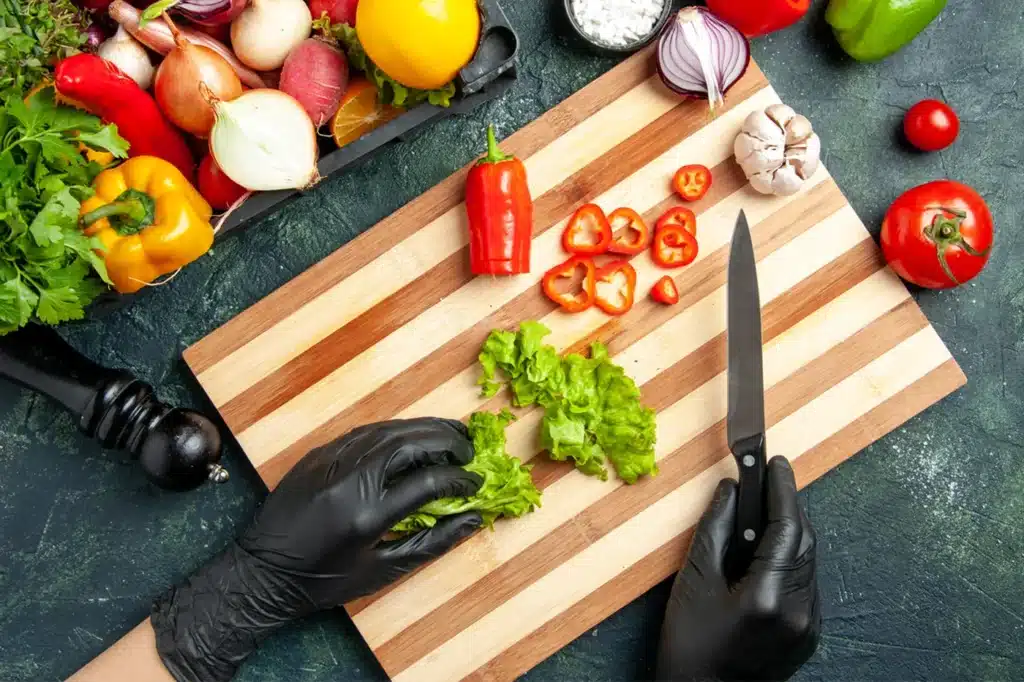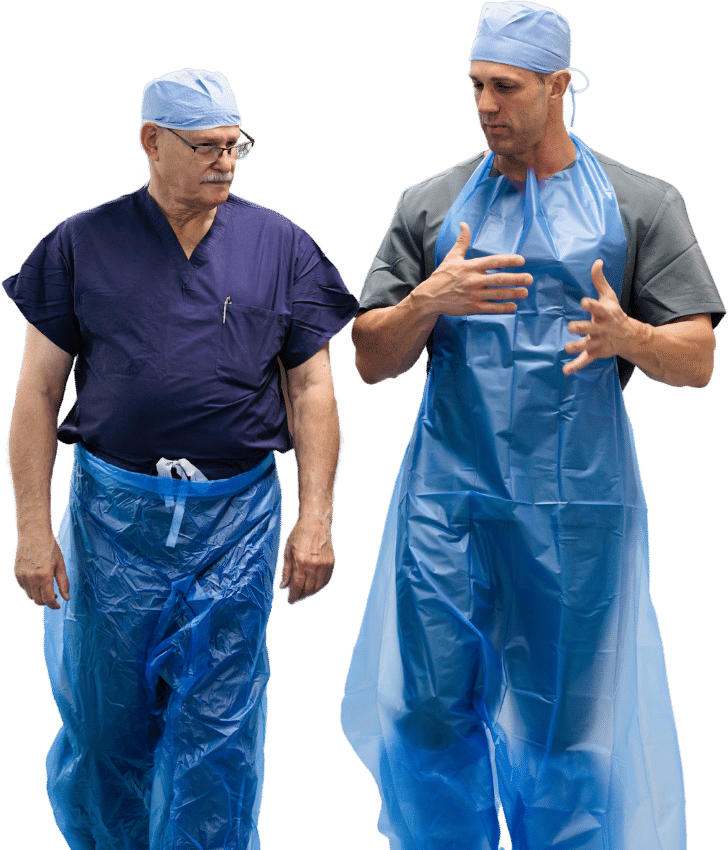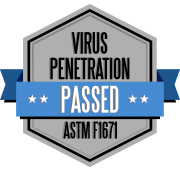Chefs are the artists of the culinary world. Food processors feed the world. Hospital kitchens nourish the vulnerable. Behind the scenes, they’re all also dedicated to safety, and they take culinary PPE seriously.
In bustling commercial kitchens and other culinary environments, the right protective gear plays a crucial role in ensuring both delicious creations and the well-being of those preparing them. Whether it’s cut-resistant gloves, non-slip shoe covers, culinary PPE (personal protective equipment) can be an unsung hero.
PPE is essential not just for keeping people safe but for maintaining a sanitized environment. With standards set by agencies like OSHA, culinary professionals are obligated to wear specific protective gear. Proper culinary PPE use helps prevent injuries and contamination, ensuring food safety without compromising the gourmet experience.
In this article, we’ll delve into the world of culinary PPE, exploring what these food industry professionals wear to protect themselves. From head to toe, we’ll cover the range of gear that keeps kitchens safe, including innovative products made right here in North America.
The Importance of PPE in the Culinary Industry
When it comes to keeping food safe, culinary PPE (Personal Protective Equipment) is your frontline defense.
It ensures the safety of workers in food processing plants and hospital kitchens alike. Culinary PPE, including protective gloves and non-slip shoe covers, helps reduce potential hazards like food contamination and slip-and-fall injuries on wet surfaces.
Food safety standards demand that food handlers don proper protective gear while dealing with food items, especially raw meat. This is crucial for preventing cross-contamination and ensuring the cleanliness of food products. Workers in these commercial kitchens and food processing environments face constant risks from hot foods and sharp utensils, making cut-resistant gloves and foot protection essential.
Proper training on how to use PPE can keep food service workers and food handlers safe while they maintain hygiene and quality in food production. PPE is not just a piece of equipment but a lifesaver in kitchen environments.
Each piece of equipment has its role, ensuring that food industry workers are always both kitchen safe and efficient in their duties.
OSHA Standards for Culinary PPE
Safety is key in food handling and processing. OSHA sets standards to protect workers in the food industry. A wide range of culinary PPE (Personal Protective Equipment) is essential in this environment to prevent injuries and ensures food safety.
OSHA’s PPE standards focus on specific areas:
- Hand Protection: Workers should use disposable gloves, and in specific environments, cut-resistant gloves. This prevents cuts and contamination.
- Foot Protection: Non-slip shoes and non-skid shoe covers are vital. These work together to reduce the risk of slipping on wet surfaces.
- Head Protection: Hairnets or helmets can protect against the contamination of food products.
- Body Protection: Aprons, coveralls/overalls, jumpsuits, and pant protectors keep workers safe from cross – contamination.
Proper training on donning and doffing culinary PPE is crucial. This ensures workers are safe, and food safety standards are met. In a nutshell, following OSHA standards keeps the kitchen safe and productive.
What PPE is Used in the Food Industry?
In the food industry, safety is a top priority. Personal Protective Equipment (PPE) plays a vital role in keeping workers safe and ensuring food standards are met.
Culinary PPE is needed in various places like kitchens, food processing plants, and hospitals. Different types of PPE address specific risks, from potential hazards to contamination issues. Workers need the right protection to maintain a safe and productive environment. With the right PPE, kitchens remain efficient, and food products stay uncontaminated.
Headwear
Headwear is essential in preventing the contamination of food products. In the culinary industry, staff often wear hairnets. Hairnets ensure no loose strands fall into food items.
Headwear is often more protective in food processing plants. Workers might wear helmets when there’s a risk of falling objects. Hospital kitchens focus on hygiene, using surgical caps to prevent cross-contamination. Regardless of the setting, headwear is crucial for maintaining food safety standards. By using the right head protection, food handlers help keep kitchens sanitary and food safe.
Hand Protection
Hand protection is crucial for food workers. Gloves serve as a barrier against cuts and contamination. Disposable gloves are standard in culinary settings. They help prevent cross-contamination when switching between tasks.
In food processing facilities or meat-packing plants, workers might use cut-resistant gloves. These gloves protect hands from sharp tools and equipment. In hospital kitchens, sterile gloves are often necessary. They help prevent the spread of germs and ensure safety. Proper hand protection is vital for maintaining cleanliness and safety in any food industry setting.
Eye Protection
Eye protection is often overlooked but can be crucial in the food industry. In some situations, eye protection safeguards against potential hazards.
Workers in food processing might face risks from equipment malfunctions. Protective goggles can shield eyes from small debris. In hospital kitchens, eye protection might be necessary when using chemical cleaners. Culinary professionals might use eye shields when dealing with hot oils. Eye protection helps ensure safety by defending one of the most vulnerable areas of the body. It plays a vital role in maintaining a hazard-free environment.
Shoe & Leg Covers
Shoe and leg covers play a vital role in food safety.
In culinary and hospital kitchens, non-skid shoe covers are a must. They ensure workers don’t slip on wet surfaces.
In food processing plants, shoe covers will also be needed to help prevent outside contaminants from entering clean areas. Protective leggings and pant protectors are also helpful in avoiding cross-contamination and contamination of workers’ uniform or clothing. These items safeguard workers against spills and liquids.
Workers across these environments must use proper foot protection. It’s essential to keep both themselves and the food products safe.
Aprons, Jumpsuits, and Overalls
In the food industry, aprons, jumpsuits, and overalls/coveralls provide extra protection.
In culinary settings, disposable aprons protect workers from contamination, food and liquid damage to clothing, and spills. Jumpsuits and overalls are more common in food processing plants. They can protect against hazardous materials and contamination from blood and fluids.
Additional culinary PPE ensures workers remain clean while food remains uncontaminated. It’s important to use the right protective clothing, depending on the specific environment of the food industry.
Try Surgical-Grade Culinary PPE Made in North America
Culinary PPE is essential for keeping food service workers safe in the kitchen and in food processing plants.
Using surgical-grade culinary PPE, made in North America, can help your facility ensure top food safety standards are met. Food industry workers face risks from wet surfaces and raw meat, making these protective items indispensable. Using high-quality PPE helps reduce the contamination of food products and ensures a kitchen-safe environment.
While some manufacturers have been working on reshoring their operations over the last few years, Sloan Medical never offshored to begin with. Our products have been proudly made in North America since 1989. Your commitment to North American-made PPE ensures reliability and quality.Try Sloan Medical’s surgical-grade PPE in your food processing plant, commercial kitchen, or hospital culinary service today! Order your free sample set and let us know what you think.
